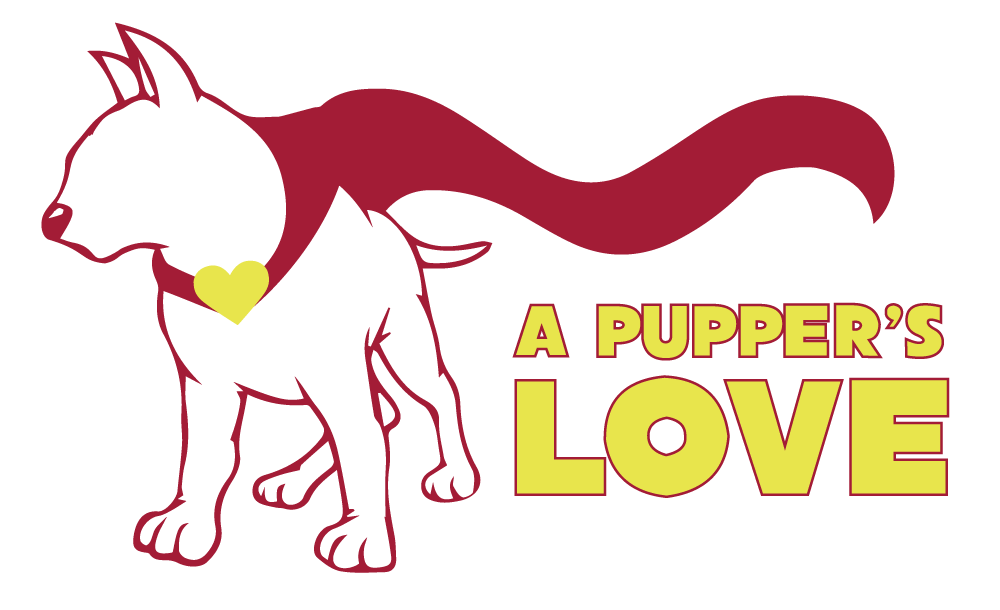
Most dog owners know, and most dog trainers will tell you, that a dog with a lot of energy is going to misbehave. Without proper exercise, dogs tend to give in to their lesser urges—barking, chewing, jumping, etc. Even the most well-behaved pooch can’t fight the inactivity bug. Here’s a guide for making sure you have a tired dog which, in most circumstances, means a good dog.
Take them on a substantial walk
Not all walks are created equal. If you think you can tire out most dog breeds with a stroll around the neighborhood, then you’re going to have a tough time. Most dog owners severely overestimate a casual walk’s ability to meet energy requirements. Most dogs need 30 minutes of vigorous activity per day, coupled with one to two hours of regular activity. Most walks dog owners go on do not count as vigorous. So if you’re not jogging and running with your dog, the walk needs to last at least 45 minutes to an hour.
Strenuous physical activity
If it tires you out, chances are it will eventually tire your pup out. Think quality, not quantity. You can spend less time exercising your dog if the exercise is intense. Think hiking, swimming, or running.
The dog park
Some dog owners use the dog park as their end-all-be-all dog exercise. While it’s true that a dog running at full speed, playing with other dogs, is a much better workout than a walk, it’s actually bad dog etiquette to take an extremely hyper dog to the dog park. It’s lazy and can lead to injury to other dogs. You should actually walk your dog before heading out to the dog park. Think of it as a 1-2 punch of tiredness where the walk is the work and the park is the fun.
Before you even consider taking your dog to a public park, it’s vital that you take the time to teach him proper manners. For a dog, basic good manners are being able to sit, stay, and come on command, not jumping on people (even when excited), not begging for/stealing food, and never approaching other dogs or humans in an aggressive manner.
When it’s awful outside
If it’s raining, snowing, super cold, or scorching outside, then what should you do to make sure your dog gets enough exercise? Well, you could take him outside. You and your dog should not be afraid of the elements. But if you must stay inside, is there a way to force your dog to expel some of that pent-up energy?
There is if you get creative. You can run your dog up and down the stairs. You can play fetch down a long hallway. You can even put your dog on a treadmill. And if your dog gets the zoomies indoors and wants to run off his energy, go ahead and let him. Just watch out for that spinning tail.
Don’t forget to exercise the brain
You dog will be better behaved if you give his brain a workout, too. Don’t neglect this! It’s just as important as physical activity. Some options include buying your dog a puzzle toy—maybe one that makes him solve a problem to get to his food. You can also teach your dog to play hide-and-seek or “find the X.” Another good indoor brain game is an obstacle course. Check here for more brain-stimulating exercise ideas.
You can’t solve all your dog’s behavior problems by wearing him out, but you can fix quite a bit with exercise. Not only is physical activity good for your dog’s body and mind, but it will improve his behavior at home, in public, and with dog walkers/sitters. If you don’t always have time to help your dog relieve built up energy, bring in dog walker/sitter Andrea Dillback of K9 Rockstars to give your dog an exhaustingly fun time. Plus, she’s handled many a misbehaving dog or two, but with “Practice and a lot of time with dogs to spot little “signs” the dog will give you,” Dillback said the good times far outweigh the trying ones. The bottom line is, most of the time exercising your dog is fun, so there’s really no excuse. So get out there and play!
Photo by Matthew Henry on Unsplash
